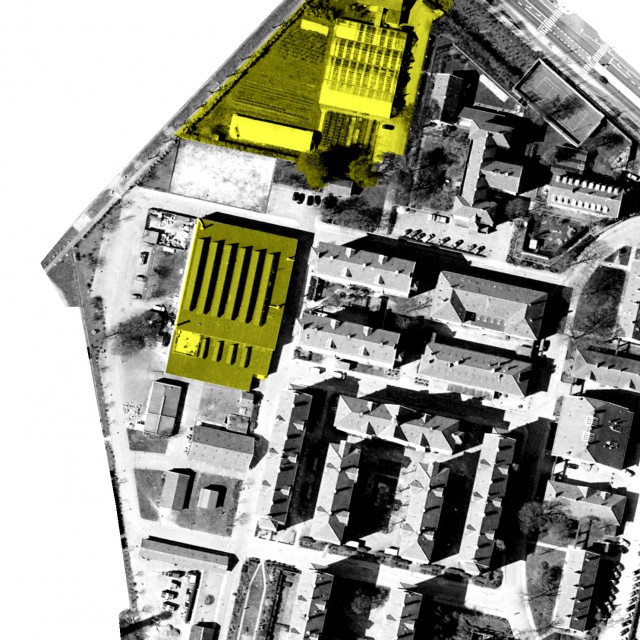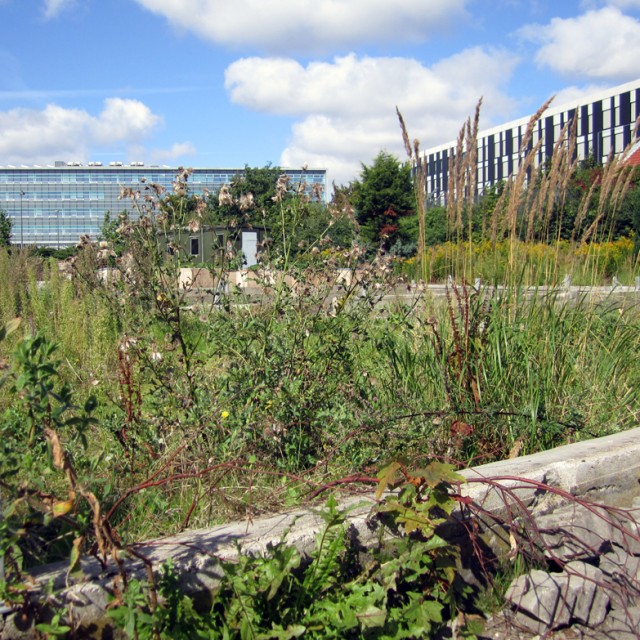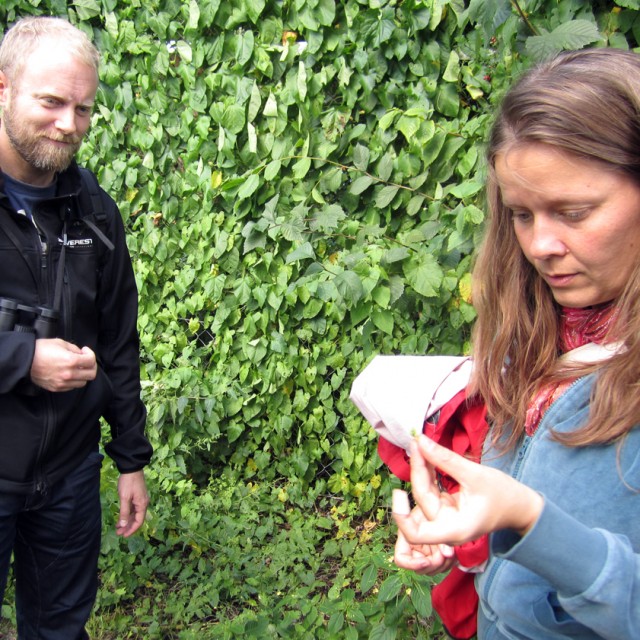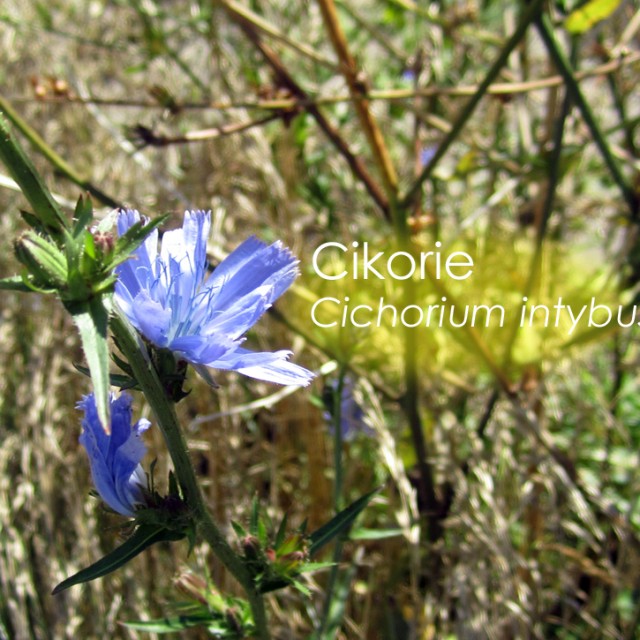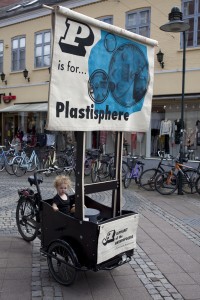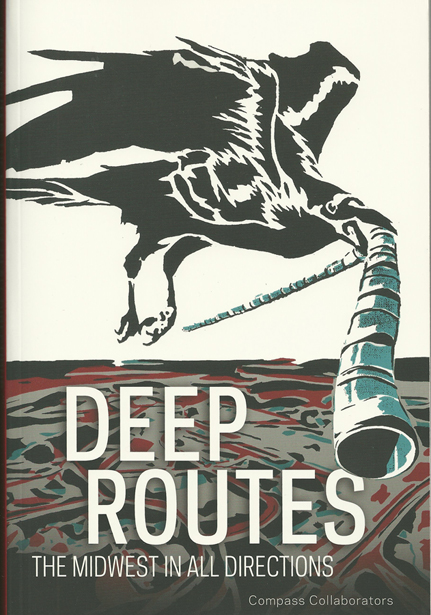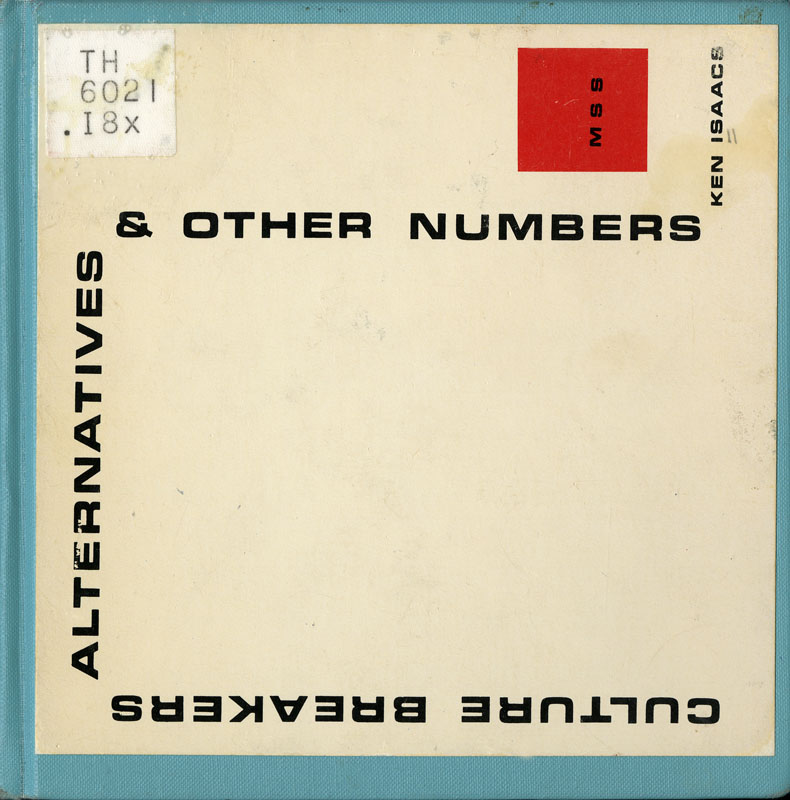“A lot” of new poster to download
Here in Copenhagen, this week marks the opening of alt_CPH 11 Encounters, the alternative art fair. The fair takes place at Fabrikken for Kunst og Design (Factory of Art and Design) and includes artists from the U.S. and Nordic countries. The Mythological Quarter is excited to be participating.
Anja Franke and Marie Brun Ydde co-organized alt_CPH 11 Encounters with the help of the Fabrikken team, including writer/curator, Jane Rowley. Alt_CPH, which is short for Alternative Copenhagen, has been a mainstay of the non-commercial gallery scene in Copenhagen and the Nordic countries for several years. This year the fair’s organizers planned the artists, events, and spaces for the fair around the theme of art in public space.
For my part in alt_CPH 11 Encounters, I was interested in discussing biodiversity in the area around Fabrikken, where the fair would be taking place. The area was perfecting for exploring hyper-local ecology in an urban environment. I proposed to work with biologist Inger Kærgaard to develop a methodology for counting the biodiversity in a lot near Fabrikken. Specifically, how many different plant and bird species I could identify in a give period of time in this lot. The lot, for the most part abandoned, was once the location of gardening green houses. There is now a small container garden growing vegetables, some chickens, and a bee hive, managed apparently by the city. Besides these activities, there is rarely anyone else around.
Once I began talking with Inger and other biologists through her, I realized that my proposal was a bit naive. To simply count the number of plants and birds in a selected area, especially such a small area, describes very little about the over all biodiversity of a place. Even so, I went ahead with the project, because it was expanding my thinking about biodiversity and place.
Inger and I worked over three weekends. First, with ornithologist, Jørn Lennart Larsen and then with botanist, Camilla Sønderberg Brok making a basic qualitative count of as many different species of plants and birds that we could find. Our tally was just shy of 100 different species.
I had hoped to use the project to illustrate how there is an immense diversity of species in our city neighborhoods. While our count can do that, more importantly for me, it begins to illustrate how to think ecologically. The science of ecology considers how all species-plant, animal, bird, insect, etc.-interact with each other and the built environment, i.e. human made spaces. If I want to think ecologically, and inspire ecological thinking through art projects, then moving beyond this initial step of simple counting is necessary.
To document this collaborative research adventure into the abandoned lot near Fabrikken, I made a double sided poster. It includes our species list, plus an essay on the process and thinking ecologically. It also includes, botanist, Camilla’s suggestions for improving biodiversity in Denmark. If you are local you can grab a copy at alt_cph 11 Encounters, but if not download your copy here.
Radio Aktiv Sonic Deep Map (2013)
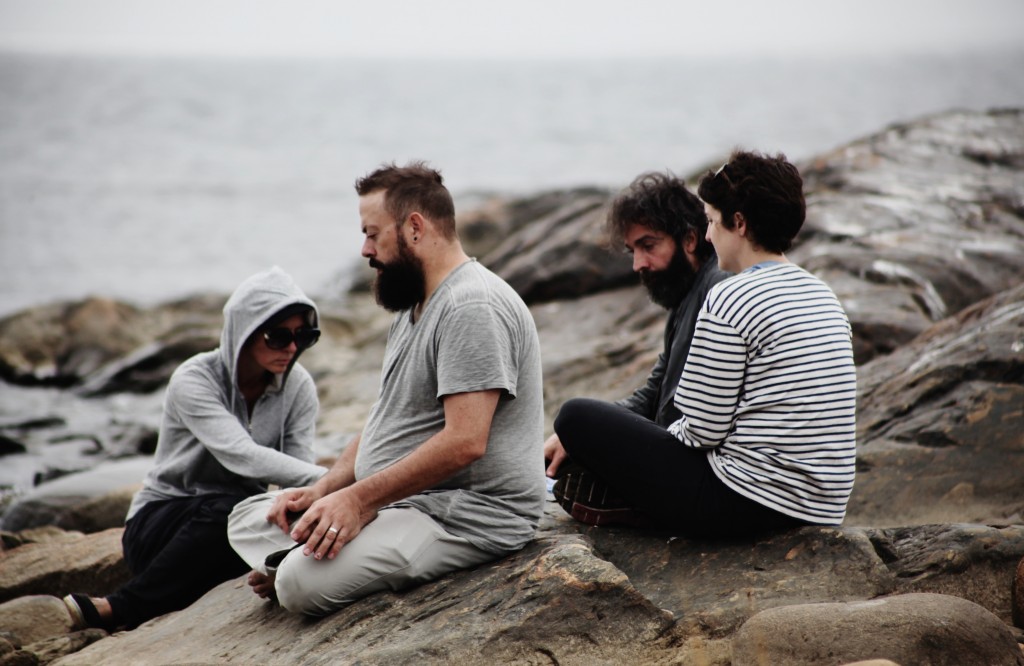
SUPERKILEN – Extreme Neoliberalism Copenhagen Style
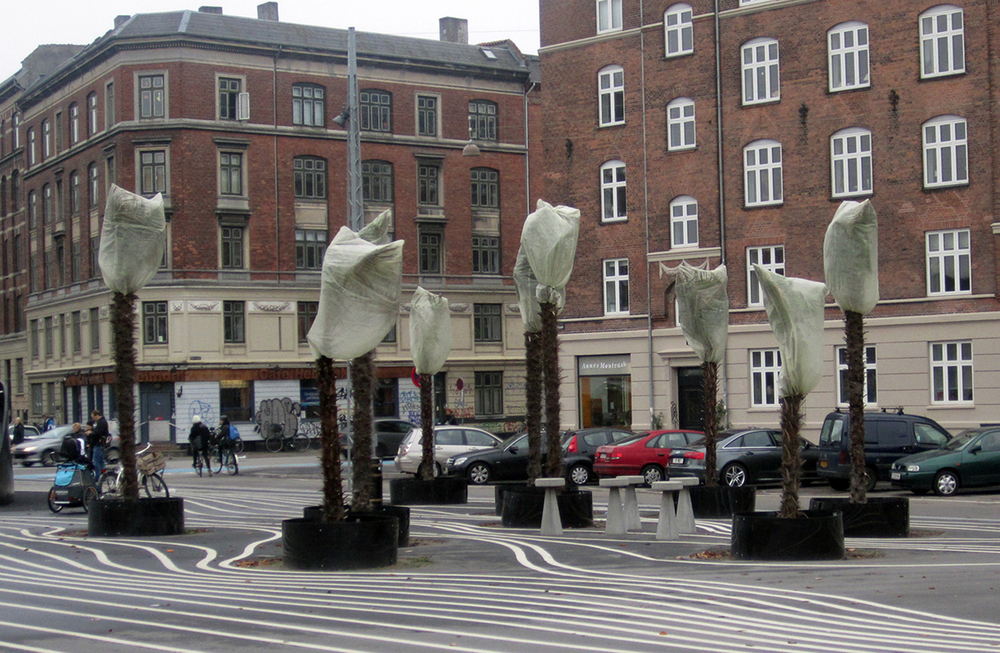
Read Brett's essay about the park.
Download our guide:
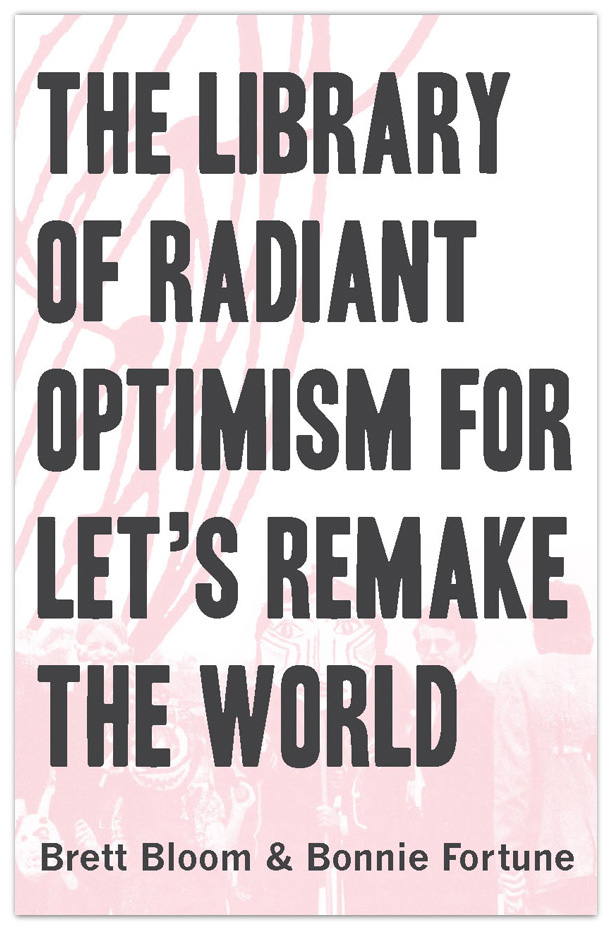
This is our guide to how-to books from the counterculture of the 60s and 70s. Click to get the download page.
Categories
- Agriculture (11)
- Animal sounds (1)
- Artist parents (19)
- Arts and culture (106)
- Bees (3)
- Book reviews (14)
- Books (18)
- Critical essays (5)
- Daily Photo (5)
- Design (36)
- Dirt (11)
- Environmental activism (43)
- Exhibitions (24)
- Farms (11)
- Forest (7)
- Friday connect (15)
- Growing (42)
- Habitat (38)
- Homesteading (16)
- Interviews (15)
- Kitchen (14)
- Living structure (9)
- MISC (15)
- Mythological (2)
- Neighborhood (83)
- Ocean News (1)
- Our Art Work (21)
- Personal – Design/Art (3)
- Play (2)
- Playground (4)
- Projects (21)
- Public space (53)
- Resilience (13)
- Sea Side (2)
- Sojabønner (2)
- Tofu (8)
- Vermont correspondence (7)
- Water (3)
- Wednesday picture (31)
- Workshop (1)
Video interview:

Watch our interview of SeedBroadcast, a mobile project that is part seed library and part seed-saving-story-collecting machine-recording the stories of seed saving, farming, and food sovereignty work being done around the US.
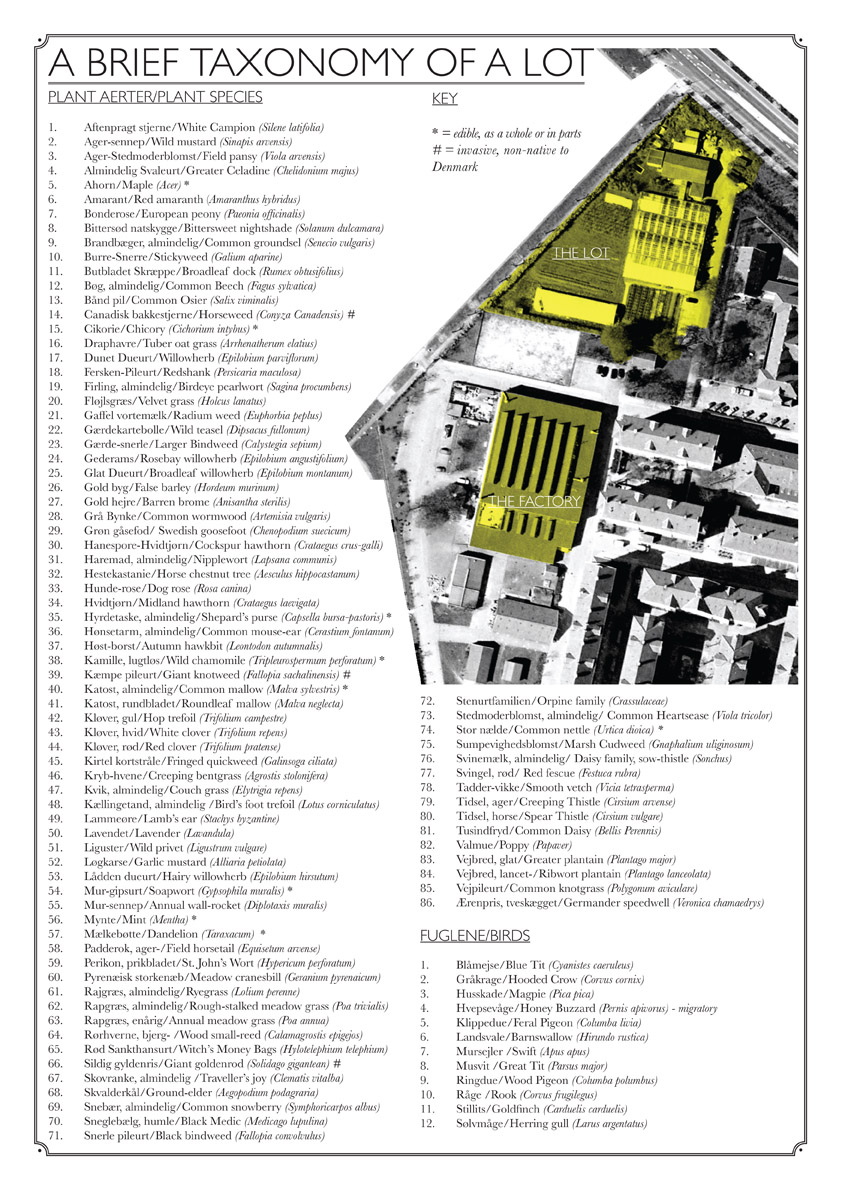
Download a poster Bonnie made about biodiversity in a vacant lot in the Amager borough of Copenhagen, in collaboration with biologist, Inger Kærgaard, ornithologist, Jørn Lennart Larsen and botanist, Camilla Sønderberg Brok: A BRIEF TAXONOMY OF A LOT

We made and installed a network of bat houses in Urbana, Illinois, to support the local and regional bat population, but also to begin a conversation about re-making the built environment.
READ MORE
BOOK REVIEW:
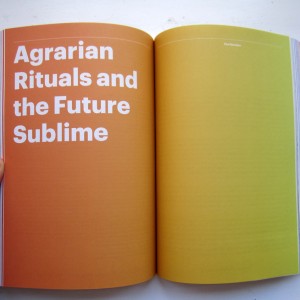
We write often about artists and art groups that work with putting ‘culture’ back in agriculture. Here is a new favorite: myvillages, a group of three women based in Germany, the Netherlands, and the UK. Read more...
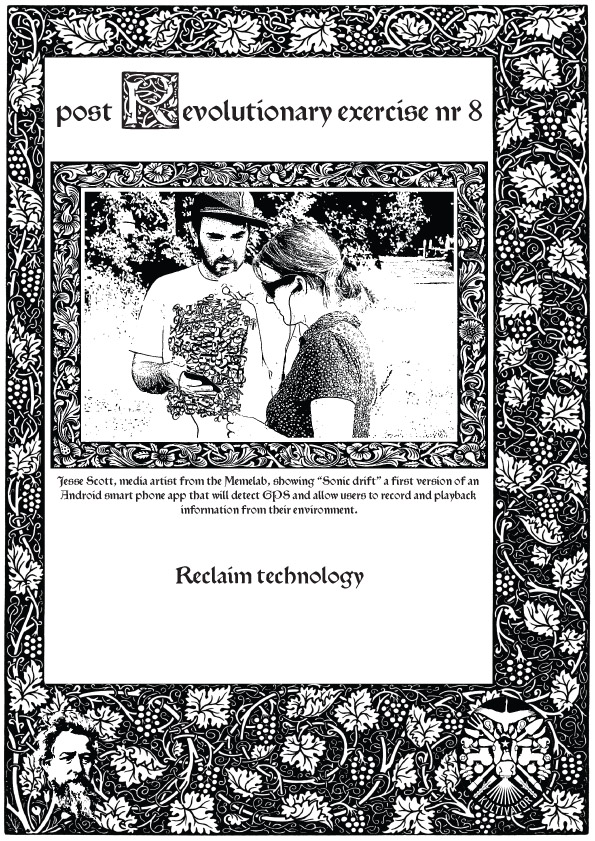
Post Revolutionary Exercises
We really admire the dedicated hard work of Kultivator who seeks to fuse agriculture and art in their work. Click this sentence to get a PDF of their poster collection called "Post Revolutionary Exercises."
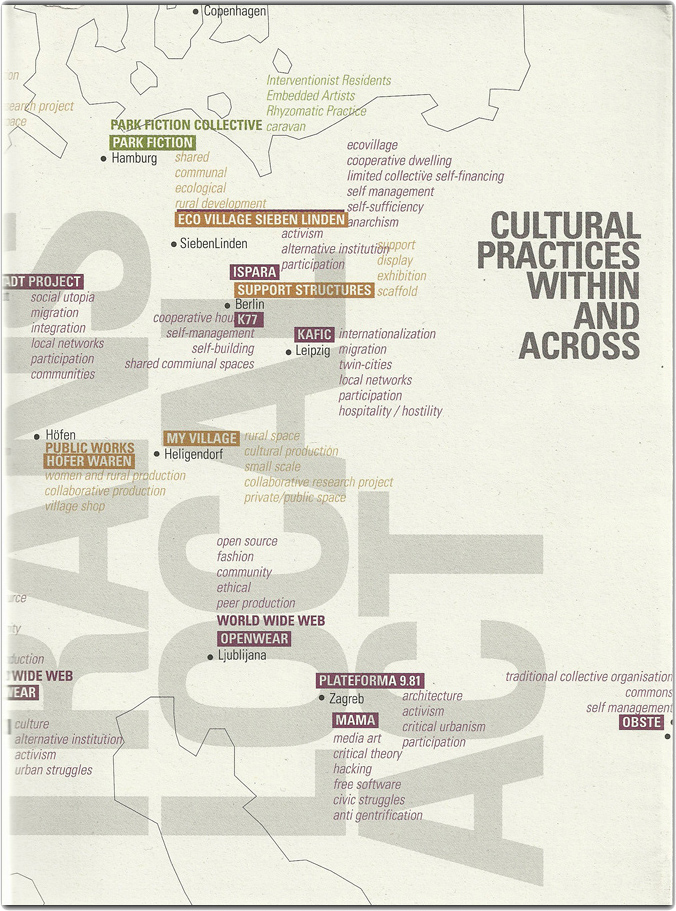
Cultural Practices Within And Across
This amazing book networks urban and rural resilience and sustainability projects around the world. Deeply inspiring projects in Romania, Paris, San Francisco, and elsewhere.
• Read our review of the book.
• Buy the book.
• Download the book.

